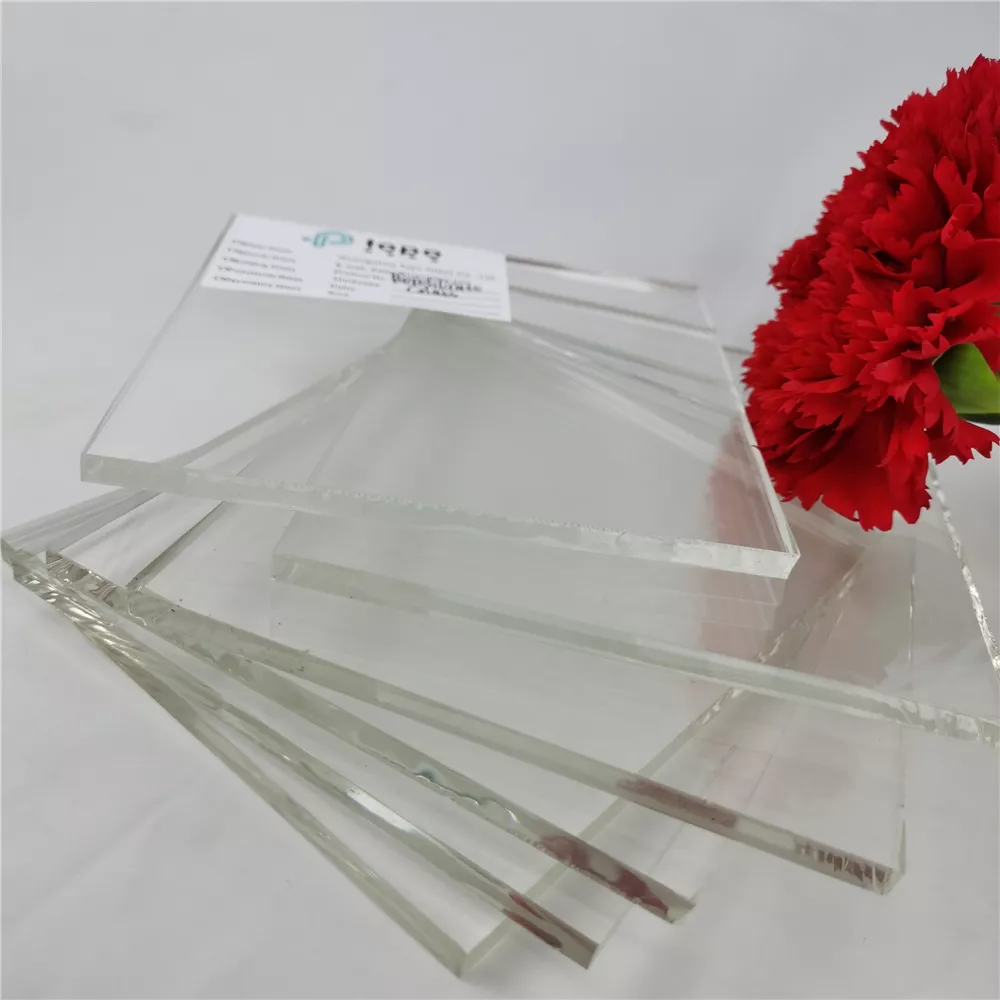Borosilicate glass, renowned for its superior thermal and chemical resistance, has become an essential material in various industries.
From laboratory equipment to cookware and industrial applications, borosilicate glass sheets offer a versatile and durable solution.
This comprehensive guide will delve into the properties, manufacturing processes, applications, benefits, and considerations associated with borosilicate glass sheets.
Introduction to Borosilicate Glass
What is Borosilicate Glass?
Borosilicate glass is a type of glass that contains silica and boron trioxide as the main glass-forming constituents.
The presence of boron trioxide allows for very low coefficients of thermal expansion, making borosilicate glass resistant to thermal shock, more so than any other common glass.
This unique composition gives it a range of beneficial properties that make it suitable for demanding applications.
Historical Background
Borosilicate glass was first developed in the late 19th century by German glassmaker Otto Schott. Schott’s innovations laid the foundation for modern borosilicate glass, leading to the creation of brands such as Pyrex.
Today, borosilicate glass is produced worldwide and is synonymous with durability and reliability.
Properties of Borosilicate Glass Sheets
Thermal Resistance
One of the standout properties of borosilicate glass is its excellent thermal resistance. It can withstand rapid temperature changes without cracking or breaking.
This property makes it ideal for applications that involve extreme temperature variations.
Chemical Durability
Borosilicate glass is highly resistant to chemicals and corrosion. It does not react with most acids, alkalis, or solvents, which makes it a preferred material for laboratory glassware and chemical processing equipment.
Optical Clarity
Borosilicate glass sheets offer high optical clarity, making them suitable for applications requiring transparency and precision.
This property is particularly valuable in scientific research, microscopy, and certain industrial processes.
Mechanical Strength
While not as strong as some specialty glasses, borosilicate glass has good mechanical strength and scratch resistance.
This makes it durable and capable of withstanding daily wear and tear in various applications.
Manufacturing of Borosilicate Glass Sheets
Raw Materials
The primary raw materials for borosilicate glass are silica sand, boron oxide, soda ash, and alumina.
These materials are carefully selected and purified to ensure the high quality of the final product.
Melting Process
The raw materials are melted in a furnace at temperatures exceeding 1500°C. The molten glass is then refined to remove any bubbles or impurities, resulting in a homogenous material with consistent properties.
Forming the Sheets
The molten borosilicate glass is then formed into sheets through processes such as float glass production or rolling.
The glass is slowly cooled in an annealing lehr to relieve internal stresses and ensure uniform thickness and flatness.
Cutting and Finishing
Once cooled, the borosilicate glass sheets are cut to the desired dimensions. The edges may be ground and polished to ensure smoothness and safety.
Additional finishing processes, such as coating or laminating, may be applied depending on the intended use.
Applications of Borosilicate Glass Sheets
Laboratory Equipment
Borosilicate glass is a staple in laboratories worldwide. Its resistance to thermal shock and chemicals makes it ideal for beakers, test tubes, petri dishes, and microscope slides. Borosilicate glass sheets are also used in laboratory countertops and protective barriers.
Industrial Use
In industrial settings, borosilicate glass sheets are used in sight glasses, protective windows, and reactor vessels. Their durability and resistance to harsh chemicals and high temperatures make them suitable for demanding environments such as chemical processing plants and manufacturing facilities.
Consumer Products
Borosilicate glass is commonly used in cookware and bakeware due to its ability to withstand high temperatures and thermal shock.
It is also found in coffee makers, teapots, and storage containers. Its non-reactive nature ensures that it does not affect the taste or quality of food and beverages.
Electronics and Optics
In the electronics industry, borosilicate glass sheets are used in the production of display panels, optical components, and protective covers for sensitive equipment.
Their high optical clarity and low thermal expansion make them suitable for precision applications.
Architectural and Design Applications
Borosilicate glass sheets are increasingly used in architecture and design for elements such as skylights, facades, and artistic installations.
Their durability, aesthetic appeal, and ability to be produced in large sizes make them a versatile choice for creative and functional applications.
Benefits of Borosilicate Glass Sheets
High Thermal Stability
Borosilicate glass can withstand extreme temperature fluctuations, making it suitable for use in environments where rapid heating and cooling occur.
Chemical Inertness
Its resistance to most chemicals means that borosilicate glass does not react with substances it comes into contact with, ensuring the integrity and purity of contents in laboratory and industrial settings.
Durability and Longevity
Borosilicate glass is tough and durable, withstanding scratches and impacts better than many other types of glass. This ensures a long lifespan and reduces the need for frequent replacements.
Environmental Safety
Borosilicate glass is non-toxic and can be recycled, making it an environmentally friendly choice. Its long lifespan also contributes to reduced waste and resource consumption.
Considerations When Using Borosilicate Glass Sheets
Cost
Borosilicate glass is generally more expensive than regular soda-lime glass due to its superior properties and more complex manufacturing process. However, its durability and performance can justify the higher initial cost.
Handling and Installation
While borosilicate glass is durable, it can still be prone to damage if not handled and installed correctly.
Care must be taken during cutting, transportation, and installation to avoid chipping or breaking the glass.
Availability
Borosilicate glass sheets may not be as readily available as standard glass, depending on your location and specific requirements. It’s important to source from reputable suppliers to ensure quality and availability.
Customization
Depending on the application, you may require custom sizes, shapes, or finishes for your borosilicate glass sheets. Ensure that your supplier can meet these specifications and provide the necessary customizations.
Innovations and Future Trends
Enhanced Coatings
Researchers are developing advanced coatings for borosilicate glass to enhance its properties further. These coatings can improve scratch resistance, reduce reflection, or add antimicrobial properties, expanding the glass’s potential applications.
Smart Glass
The integration of smart technologies into borosilicate glass is an emerging trend. Smart glass can change its properties in response to environmental conditions or electronic signals, offering new possibilities for energy efficiency, privacy, and interactive displays.
Sustainable Manufacturing
Sustainability is a growing focus in the glass industry. Innovations in manufacturing processes aim to reduce the environmental impact of borosilicate glass production, including lowering energy consumption and increasing the use of recycled materials.
Conclusion
Borosilicate glass sheets offer a unique combination of thermal stability, chemical resistance, optical clarity, and durability, making them indispensable in a wide range of applications. From laboratories to industrial settings, consumer products to architectural designs, borosilicate glass continues to prove its value and versatility. As innovations in materials science and manufacturing techniques advance, the potential applications and benefits of borosilicate glass sheets are set to expand even further. Understanding the properties, uses, and considerations of borosilicate glass sheets will enable you to make informed decisions and leverage this remarkable material to its fullest potential.



